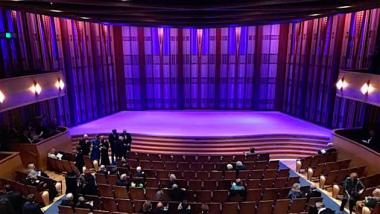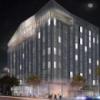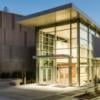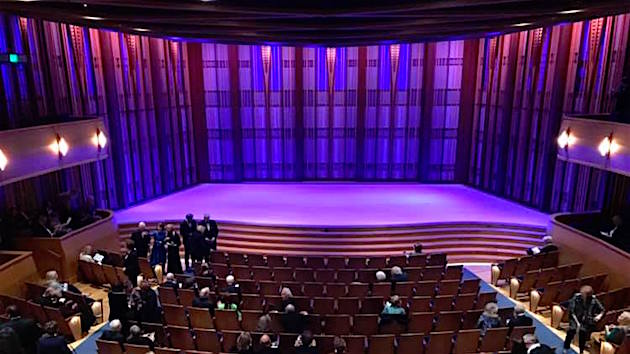
For most of the decades of its existence, the La Jolla Music Society held its La Jolla Summerfest chamber music festival in the Museum of Contemporary Art San Diego’s Sherwood Auditorium overlooking the Pacific. It was a multipurpose, fan-shaped room with, to put it kindly, non-descript acoustics, a hall not really designed for music. But it was home — and the festival thrived there until one day, seven years ago, it was told to leave. The hall was being demolished to make room for an expansion of the museum, and the Society held its last concert there in March 2017.
What to do? Well, La Jolla is one of the wealthiest communities in the country, and it should have been a no-brainer to build a real performing arts center there long ago. But being “kicked out of the nest,” in the words of Rep. Scott Peters (D-Calif. 52nd District), finally turned out to be the spur that created the Conrad Prebys Performing Arts Center, named after a San Diego real estate billionaire who died in 2016 — but not before donating $30 million to launch the project.
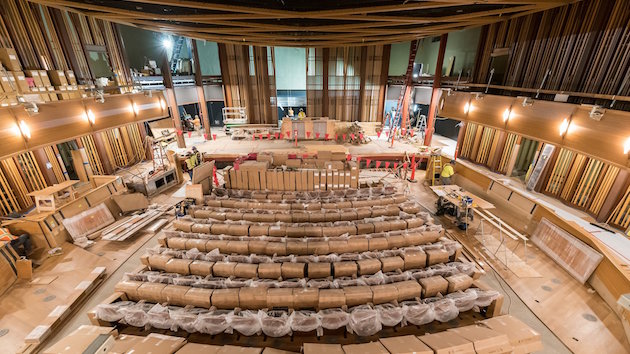
They didn’t mess around, either. The hall opened on time Friday night, all finished and ready to go, with a gala sampler concert featuring several of the brightest lights in classical chamber music and then some. Epstein Joslin Architects, Inc. designed the campus, which consists of two performance spaces, the 513-seat Baker-Baum Concert Hall and a smaller cabaret-styled room simply called The JAI, separated by an outdoor courtyard that serves as a lobby and reception space.
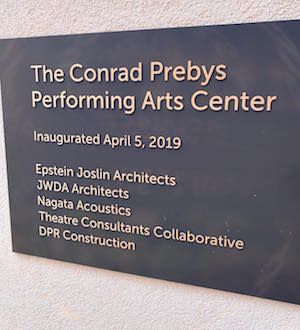
Most significantly, they hired none other than Yasuhisa Toyota, the famed designer of the acoustics in Los Angeles’ Walt Disney Concert Hall, Tokyo’s Suntory Hall, and several other successful rooms in California and abroad. So the odds were strong that the main hall was going to sound good, and it did.
That said, the Baker-Baum Concert Hall has a distinctly different sound than any of the other Toyota-designed halls that I have visited. From a seat in Row N near the back of the hall, the acoustics are drier than those of its cousins in Northern and Southern California, Miami Beach, and Tokyo, with a shorter decay from the stage and less resonance rebounding from the rear. This must have been deliberate since the room is being used primarily for chamber music, so a more intimate, less reverberant acoustic would be desirable. But instruments sound like themselves and can assume different sonic profiles in the hands of different performers and repertory.
The layout resembles Disney Hall in the way its somewhat curved, woody interior lies within a shoebox-shaped outer shell, and the stage floor is made of Alaskan yellow cedar, a Toyota trademark. But the resemblance mostly ends there, as this is a traditional front-facing room with a horseshoe-shaped balcony and no surround seating. Moreover, the interior walls are wood grilles with spaces between the planks.
The opening concert was designed to be a tasting menu of things to come, with selections that were supposed to show off as many of the properties of the hall as they could fit into one 90-minute program that wouldn’t tax the attention span of the gala audience. As such, the program contained things that musicians love to play whenever they gather in ad hoc groups — like the first movement of the miraculous Mendelssohn Octet that closed the program. Or the Rondo alla Zingarese finale from Brahms’s Piano Quartet No. 1 in G Minor, where all of the past music directors of Summerfest — violinist Cho-Liang “Jimmy” Lin, violist Heiichiro Ohyama, pianist Wu Han, and cellist David Finckel — united in a zesty, hell-for-leather performance.
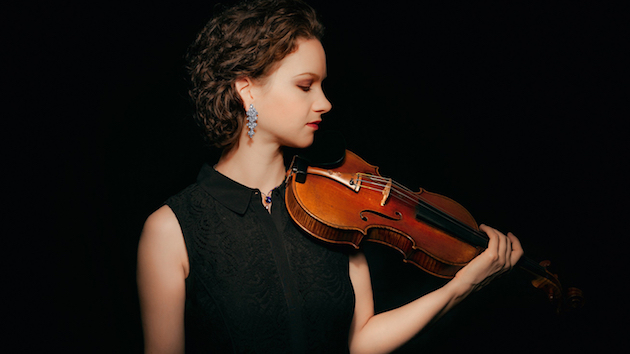
The first music heard in the new hall was Hilary Hahn playing the Preludio from J.S. Bach’s Violin Partita No. 3 — exactly the same piece that christened Toyota’s Disney Hall. The Steinway piano upon which incoming Summerfest music director Inon Barnatan made choppy work of the Precipitato from Prokofiev’s Piano Sonata No. 7 assumed a richer, warmer tone in the hands of Jean-Yves Thibaudet in Chopin and Liszt.
Lil’ Buck danced up a rubber-limbed storm in Saint-Saens and Stravinsky; ukulele virtuoso Jake Shimabukuro offered whimsical arrangements of popular George Harrison and Freddie Mercury tunes, plus Schubert’s “Ave Maria.” Lin unveiled a new solo violin piece by the ever-chameleonic Lalo Schifrin, Letters to My Father, that channeled Bach, Paganini, gypsy dances and such, accompanied by abstract pearls, bullets, and ellipses projected on a huge screen.
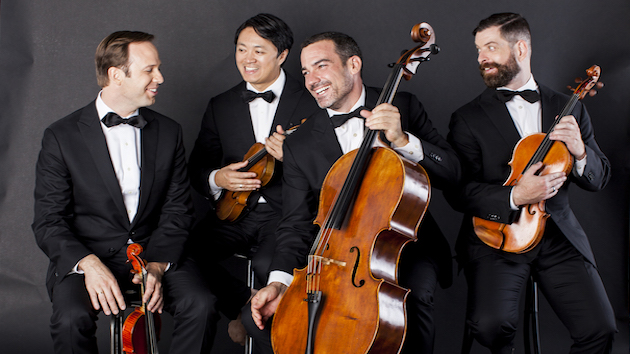
Yet the only time all night when the hall’s acoustics seemed to be in full bloom occurred during the surprise encore, in which Shimabukuro, Hahn, Lin, Buck, and the Miró Quartet were joined by 18 students on string instruments in a shimmering rendition of “Over the Rainbow.” I could feel the wood grilles vibrating to the big, lovely massed string sound, good signs that Toyota has come up with yet another winner.

